
Analytica House
Mar 21, 20232023 Trends in the Digital World
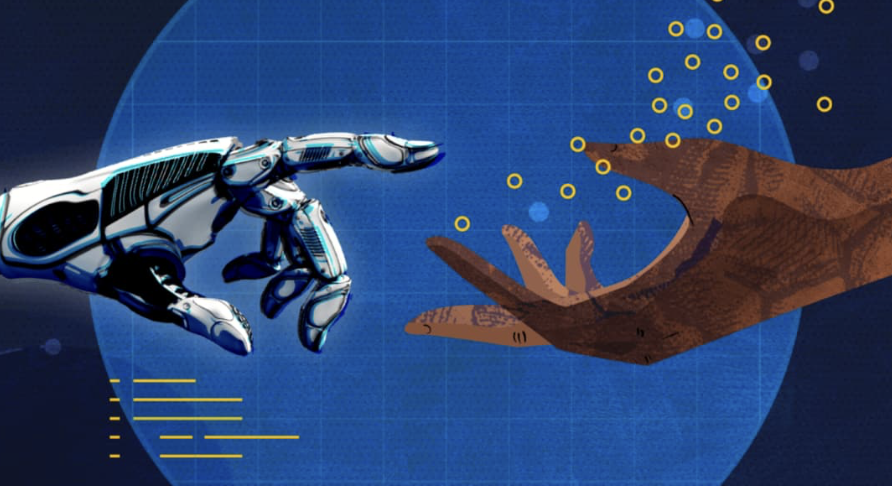
The digital world continues to grow and evolve with advancing technology. In order to keep up with innovations driven by leading tech companies like Google, Meta, and Apple, brands and websites must follow the latest trends of 2023 and integrate them into their own practices. In this article, we’ll share the key digital trends for 2023 so you can improve your measurement, stay on trend, and remain competitive in digital marketing.
What Awaits Us in 2023?
In 2023, the data and analytics driving digital marketing will shift toward a more human-centered approach, with artificial intelligence and machine learning playing an increasingly prominent role. As emphasis on data security grows, analytics professionals will take on ever more critical responsibilities.
The practical trends we expect in 2023 are:
- More Human-Centered Digital Marketing: Delivering personalized, human-centric experiences will be essential. Marketers will leverage customer behavior, interests, and purchase data to craft highly targeted campaigns.
- Rise of AI & ML Applications: Artificial intelligence and machine learning will become more widespread, enabling deeper data analysis, more accurate predictions, and faster decision-making. AI will help marketers create more effective campaigns by understanding individual interests and purchase behavior.
- Greater Emphasis on Data Security: With rising data breaches and cyberattacks, companies will invest more in protecting customer data. Privacy regulations like GDPR will guide best practices.
- Advanced Data Visualization: Comprehensive visualization tools (e.g., Tableau, Looker Studio) will become even more important for rapid, insightful decision-making.
- IoT Marketing: The Internet of Things will drive new customer insights via device-to-device data collection, allowing marketers to tailor products and services more precisely.
The technical and theoretical digital trends for 2023 include:
- Meta – Conversions API (CAPI)
- Google – Server-Side Tagging
- Google – BigQuery
- ChatGPT
- UX Laws & Neuroscience Techniques
Meta – Conversions API (CAPI)
Conversions API is designed by Meta to create a direct connection between marketing data and ad optimization, reducing cost-per-action and improving measurement across Meta technologies. To send website events via CAPI, you set up and configure a server on Google Cloud Platform (GCP), then forward GA4 web tag data to that server and onward to Meta via CAPI.
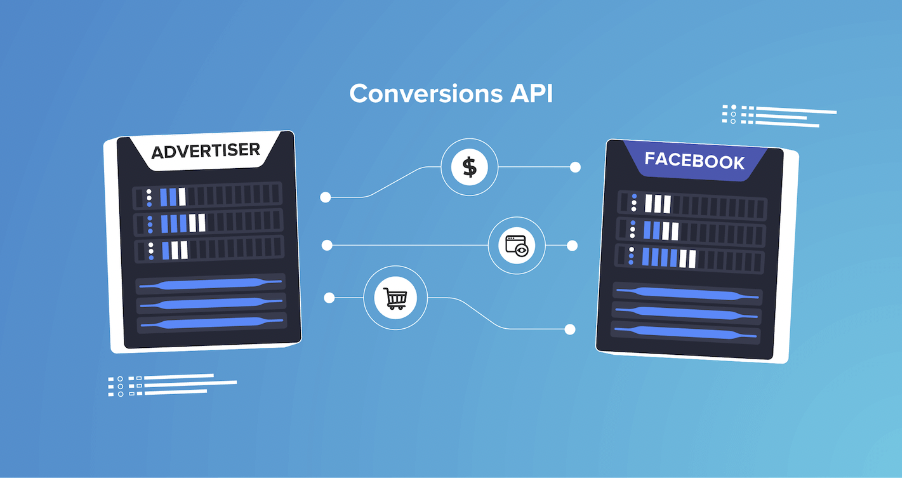
With Conversions API:
- Brands lower their cost-per-action.
- Campaigns become easier to optimize.
- User data is sent directly from your server to Facebook’s, bypassing cookies and preserving privacy post-iOS 14.
- Ad performance measurement becomes more reliable.
- CAPI data is less prone to errors than pixel-based tracking.
Google – Server-Side Tagging
Server-Side Tagging moves measurement tags from the client (browser) to a server you control (e.g., on GCP). This approach offers several advantages over client-side tagging:
- Fewer tags on your site/app, improving frontend performance.
- Better data protection by processing user data in a customer-managed server environment.
- Simplifies manual CAPI integrations via GTM.
Google – BigQuery
BigQuery, launched in 2012 on Google’s Dremel technology, is an enterprise data warehouse for fast SQL analytics at scale. With GA4 becoming mandatory in July 2023, brands need BigQuery to store data long-term, visualize accurately, and perform deep analyses.
Why BigQuery?
- Secure, long-term data storage and advanced brand-specific analyses are crucial in 2023.
- GA4’s default data retention is only two months (extendable to 14). BigQuery removes time limits entirely.
- It captures every custom event and parameter in one table without row limits.
- Columnar storage and a tree architecture enable lightning-fast queries on massive datasets.
- Combines online/offline data for advanced analytics (CLV, clustering, association analysis, etc.) and supports built-in ML.
- Supports cross-platform measurement by joining data from various tools and CRM systems via user ID.
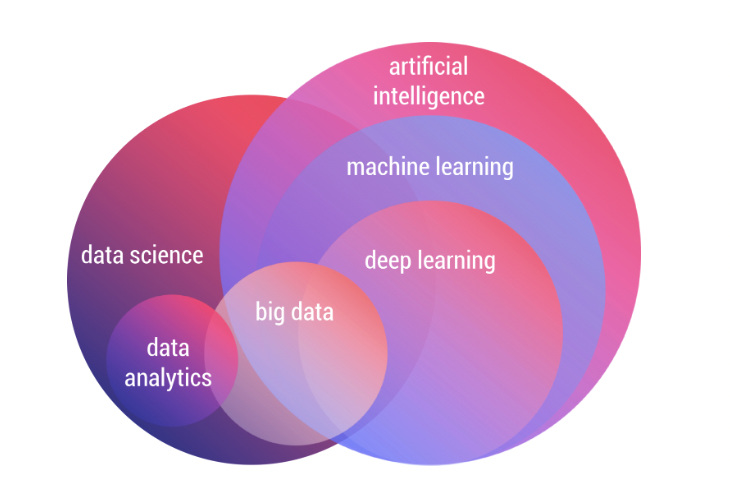
Deep analytics in BigQuery lets you—for example—exclude offline purchases from online campaign audiences, boosting conversion rates.
ChatGPT
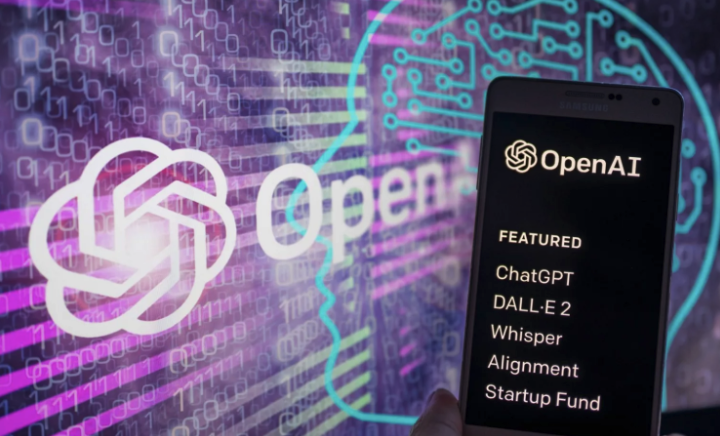
Undoubtedly the most talked-about AI of 2023 is ChatGPT. This conversational AI, powered by GPT-3.5, generates real-time, human-like responses—even writing code. Its ability to understand and answer virtually any question places it firmly among the year’s top trends.
UX Laws & Neuroscience
Neuroscience studies the nervous system. By integrating physiology, anatomy, maths, developmental biology, and psychology, it explains learning, memory, behavior, perception, and consciousness. UX laws and neuroscience techniques apply these principles to web design to create more intuitive, brain-friendly user experiences.
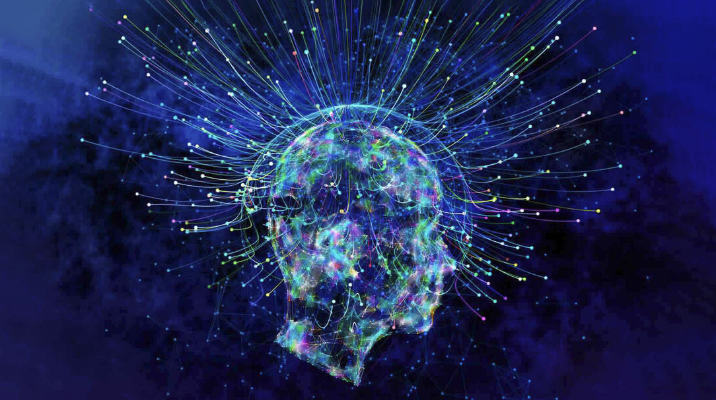
Every user interacting with your design follows certain psychological principles. For 2023, brands will use neuroscience to inform UX analyses and optimize site design for human cognition.
For more on UX laws and neuroscience, see UX Laws & Neuro Science.
If you haven’t implemented these integrations yet in Q1 2023, act quickly—don’t miss the trend.
More resources
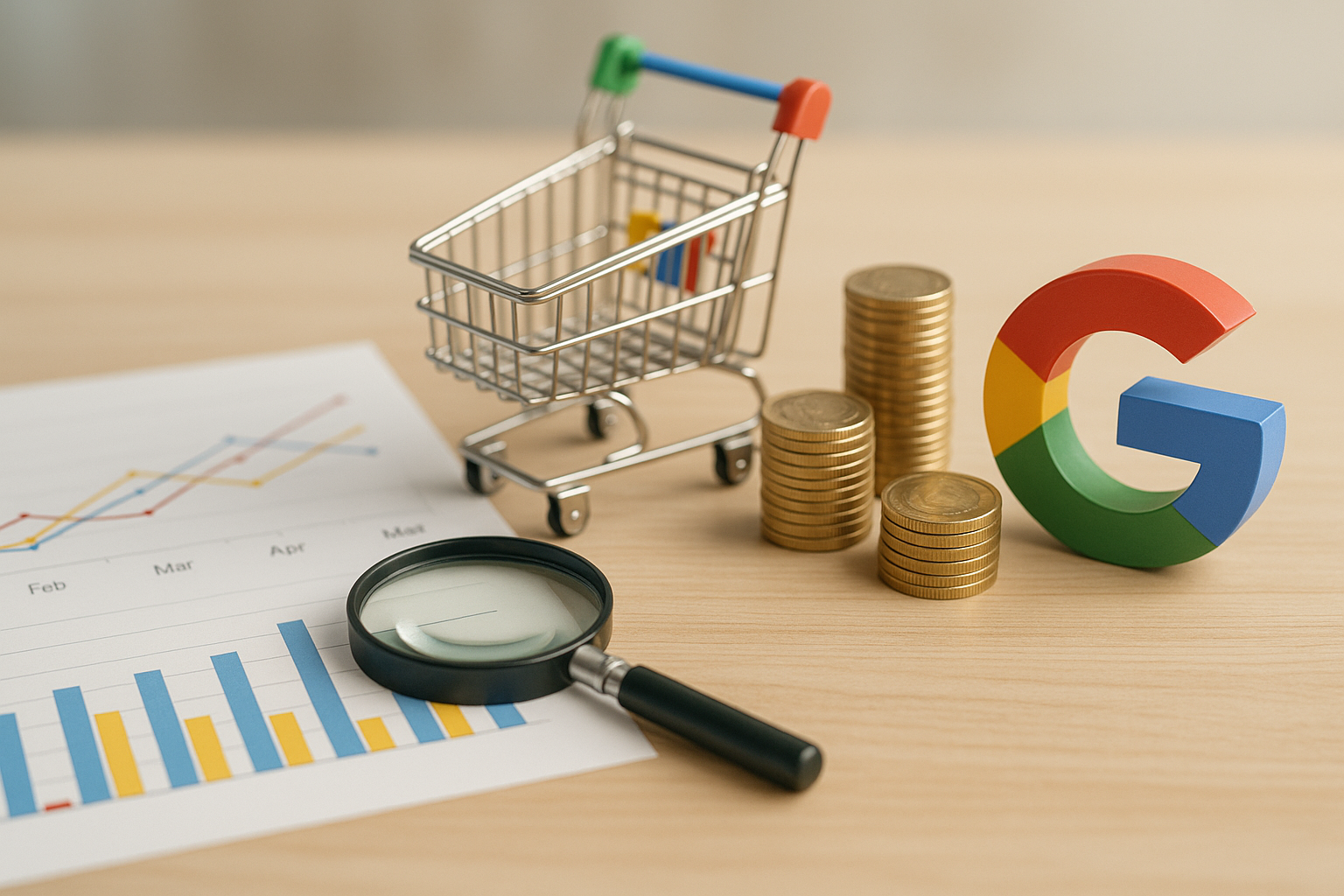
5 Ways to Accurately Measure Sales Impact with Google MMM
Google MMM (Marketing Mix Modeling) is one of the most powerful statistical methods for understandin...
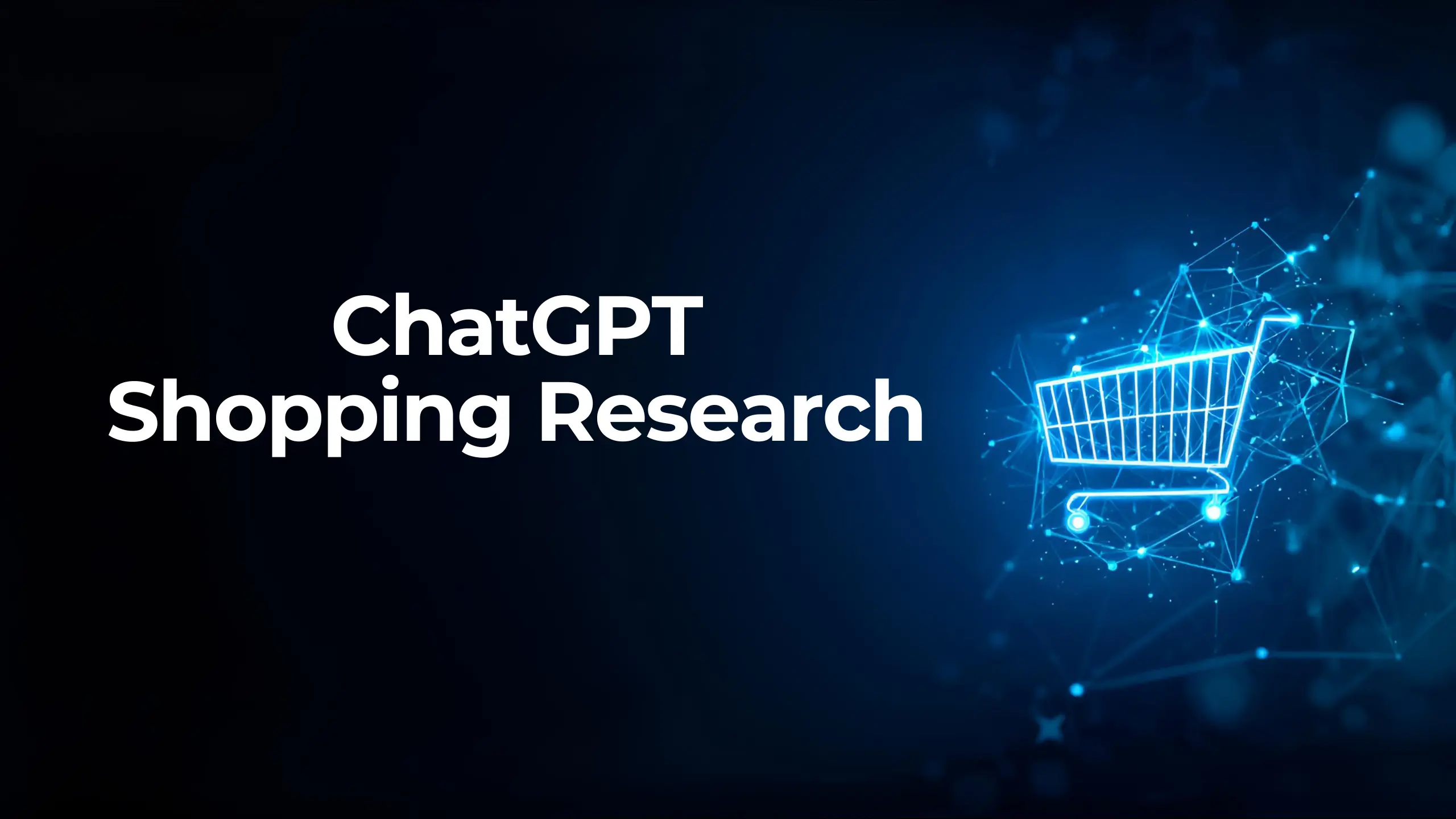
ChatGPT Shopping Research: An AI-Powered Shopping Assistant
ChatGPT Shopping Research is an AI-powered shopping assistant that accelerates users' shopping resea...
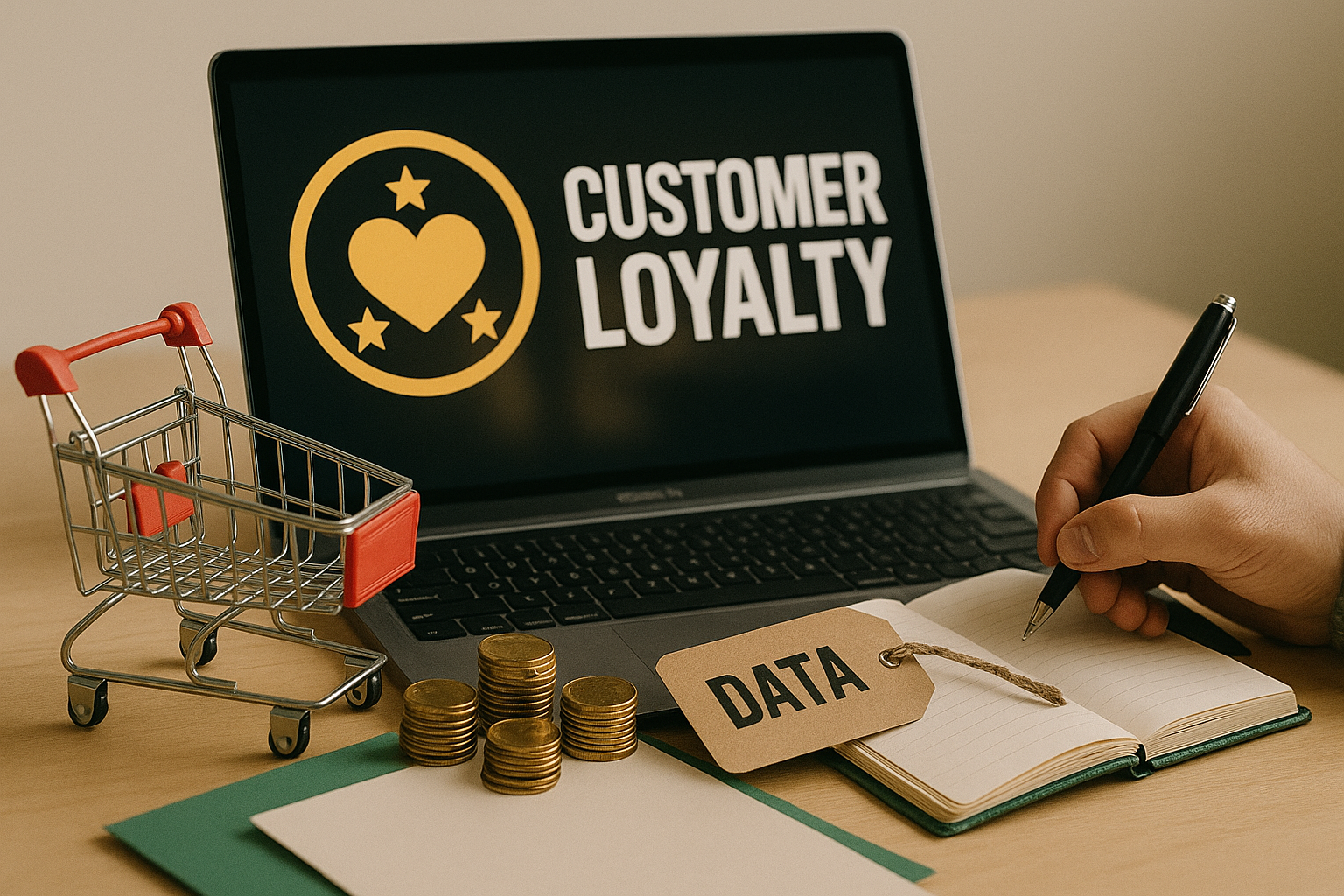
Data-Driven Tactics to Build Customer Loyalty After Black Friday
Customer loyalty is the most valuable outcome of the Black Friday period, as short-term traffic and...

